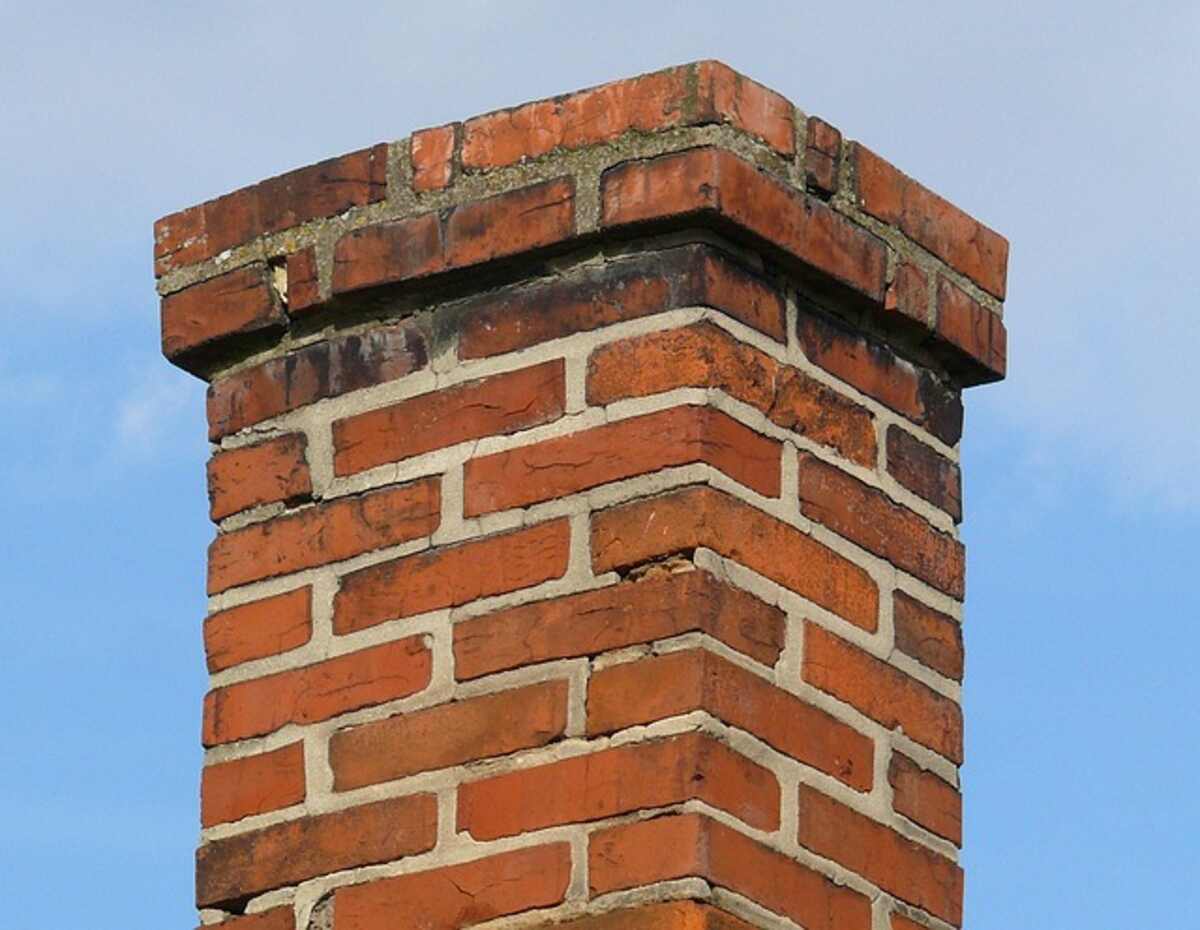A chimney is not just a functional part of your home but adds warmth, ambiance, and character to your living space. To ensure its proper functioning, safety, and longevity, it is essential to take care of your chimney through regular maintenance and good care. In this article, we will explore some key steps and tips for efficient chimney care.
Schedule Regular Inspections
Regular chimney inspections are crucial for identifying potential issues before they become significant problems. Having your chimney inspected at least once a year is recommended by a professional sweep. They will assess the condition of the chimney, identify any damage, blockages, or safety hazards, and provide necessary recommendations for maintenance or repairs.
Clean the Chimney Regularly
Regular chimney cleaning is essential for maintaining proper airflow, preventing creosote buildup (a byproduct of burning wood), and reducing the risk of chimney fires. A professional chimney sweep can perform thorough chimney cleaning, removing soot, creosote, and any debris or blockages that may be present in the flue.
Install a Chimney Cap and Spark Arrestor
A chimney cap is a protective covering that sits on your chimney. It serves multiple purposes, including removing rainwater, snow, animals, and debris. Additionally, installing a spark arrestor within the chimney cap helps prevent sparks or embers from escaping and potentially igniting nearby flammable materials.
Maintain Proper Ventilation
Ensuring proper ventilation is crucial for the efficient operation of your chimney. Ensure the damper is fully open when using the fireplace for optimal airflow. Proper ventilation helps prevent the buildup of harmful gases, such as carbon monoxide, inside your home.
Practice Safe Burning Practices
When using your fireplace or wood-burning stove, follow safe burning practices. Use dry, seasoned wood that has been properly stored to reduce excessive smoke and creosote buildup. Avoid burning treated wood, trash, or other materials that can release harmful chemicals or create excessive soot and smoke.
Monitor and Control Chimney Draft
Chimney draft refers to the flow of air through the chimney. Monitoring and maintaining the draft is essential to ensure proper ventilation and prevent issues like smoke backing up into your home. If you notice a weak draft or smoke entering your home, consult a professional to identify and address the underlying cause.
Keep the Chimney Surroundings Clear
Maintain a clear area around your chimney to prevent potential fire hazards. Trim overhanging branches and ensure no flammable materials, such as leaves or debris, are near the vent. Keeping the area clear reduces the risk of sparks or embers igniting nearby objects.
Protect the Chimney from Moisture
Moisture is one of the main culprits behind chimney deterioration. Ensure that the chimney is adequately protected from water damage by installing a chimney cap and crown, repairing any cracks or leaks, and addressing issues with the flashing. Proper moisture protection will help extend the lifespan of your chimney.
Conclusion
Taking care of your chimney is essential for its longevity, safety, and optimal performance. By following these tips, including regular inspections, cleaning, proper ventilation, safe burning practices, and moisture protection, you can ensure that your chimney remains in good condition for years. Remember to consult a professional chimney expert for any specific maintenance or repair needs, as they have the knowledge and experience to provide the best care for your chimney. With proper care, your chimney will continue bringing warmth and joy to your home for many cozy evenings.


